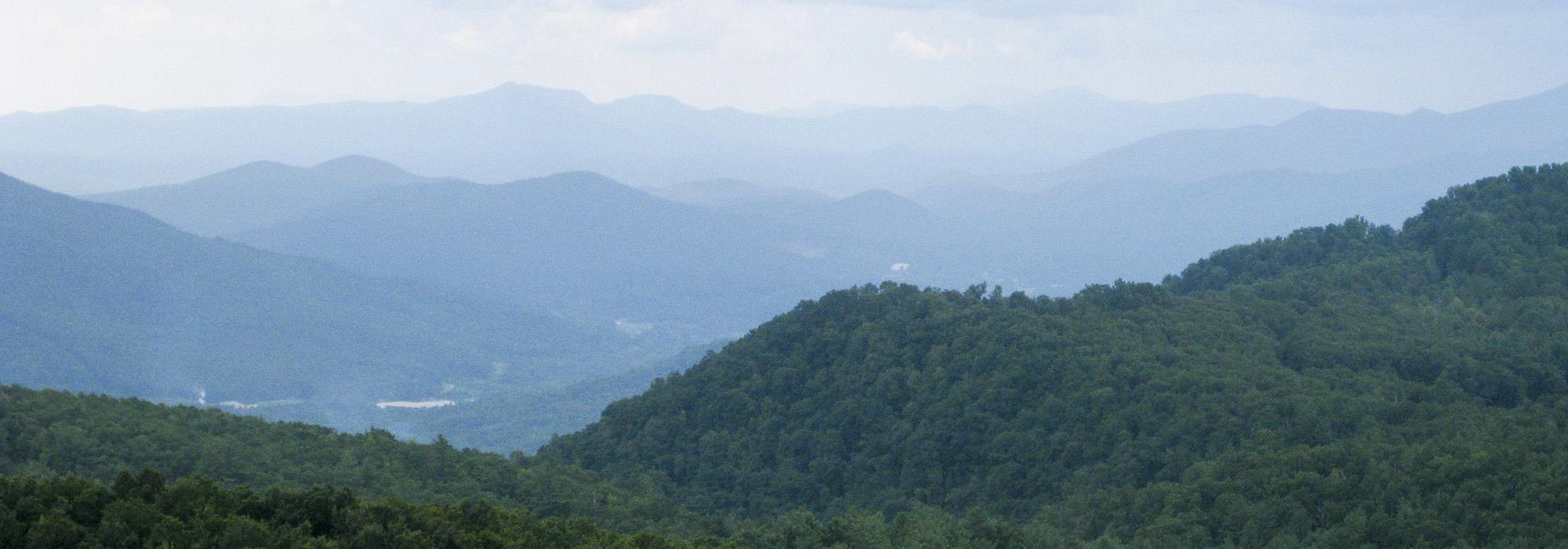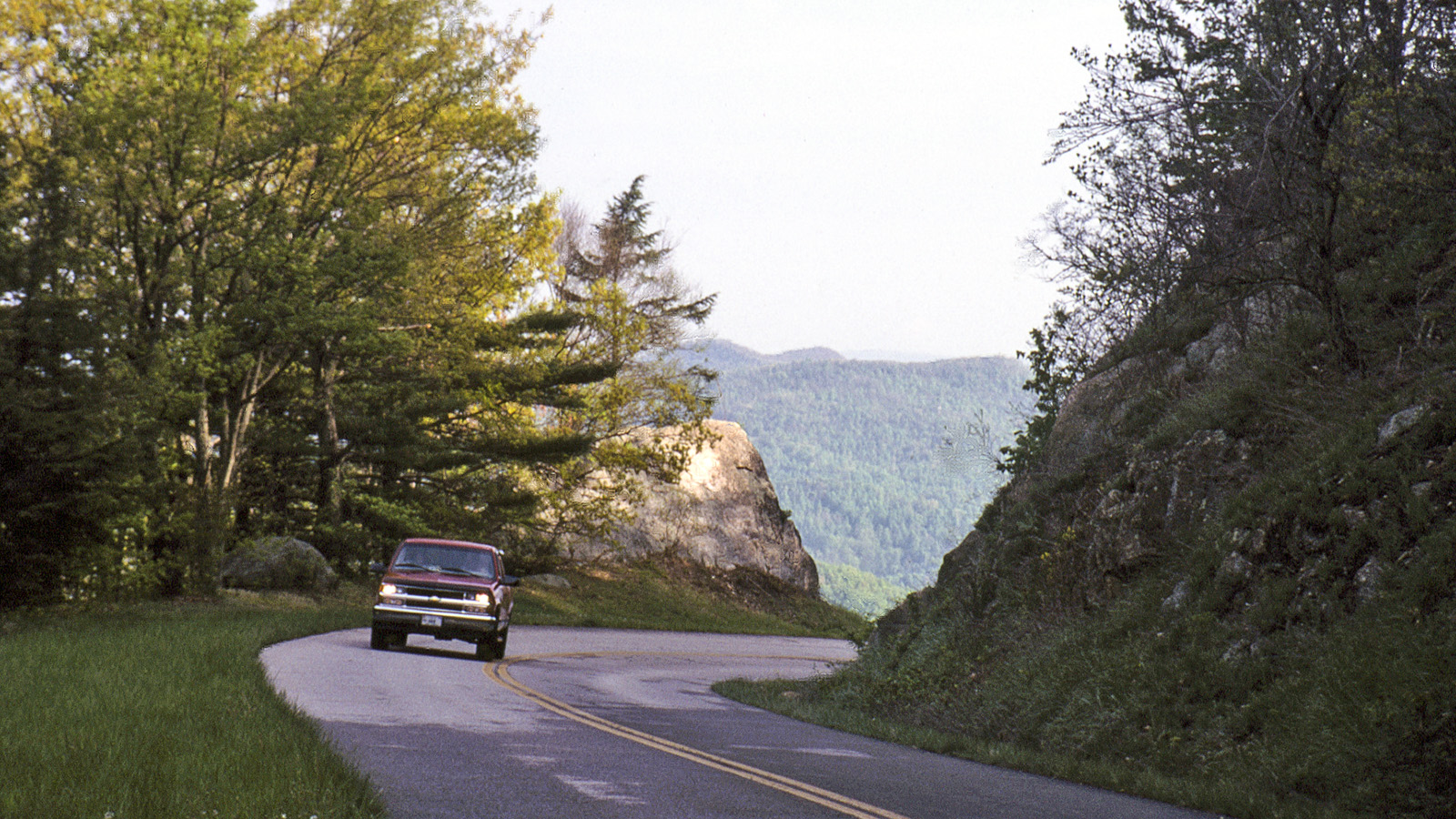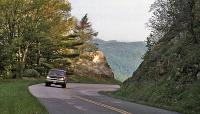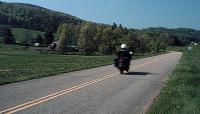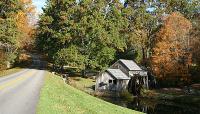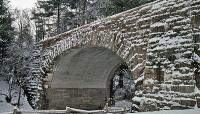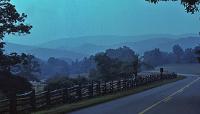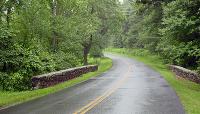Landscape Information
Located within one-day’s drive of more than half the current population of the United States, the Blue Ridge Parkway, America’s longest linear park, winds across 469 miles of the Appalachian Mountains, through Virginia and North Carolina. Designed to preserve natural, scenic, and historic sites and traditional cultural practices of the Appalachia region, the parkway affords expansive views of the natural landscape, historic vernacular sites, and architectural features including gristmills, schoolhouses, and farmsteads. This well-choreographed experience also provides recreational opportunities and interpretive areas all using a palette of walls, bridges, viewing structures, signage, fences, and trails appropriate to the vocabulary of the southern Appalachians.
Established during the New Deal, the park’s fifty-two year build out (1935-1987) employed thousands of design professionals and tradesmen. The contributions of Stanley Abbott and Thomas C. Vint, pioneers in the preservation of vernacular landscapes and park master planning, respectively, were precedent-setting for the landscape architecture profession. The park’s history illuminates major American themes, including the early days of the National Parks Service, historic preservation through park development, the history of auto tourism, and the practice of eminent domain in establishing public lands.
Stanley Abbott’s son, architect Carlton Abbott, has been involved in continued redesign of parkway elements. Today the parkway is one of the most-visited national parks in the country.
In 2024 the parkway was designated a National Historic Landmark.



